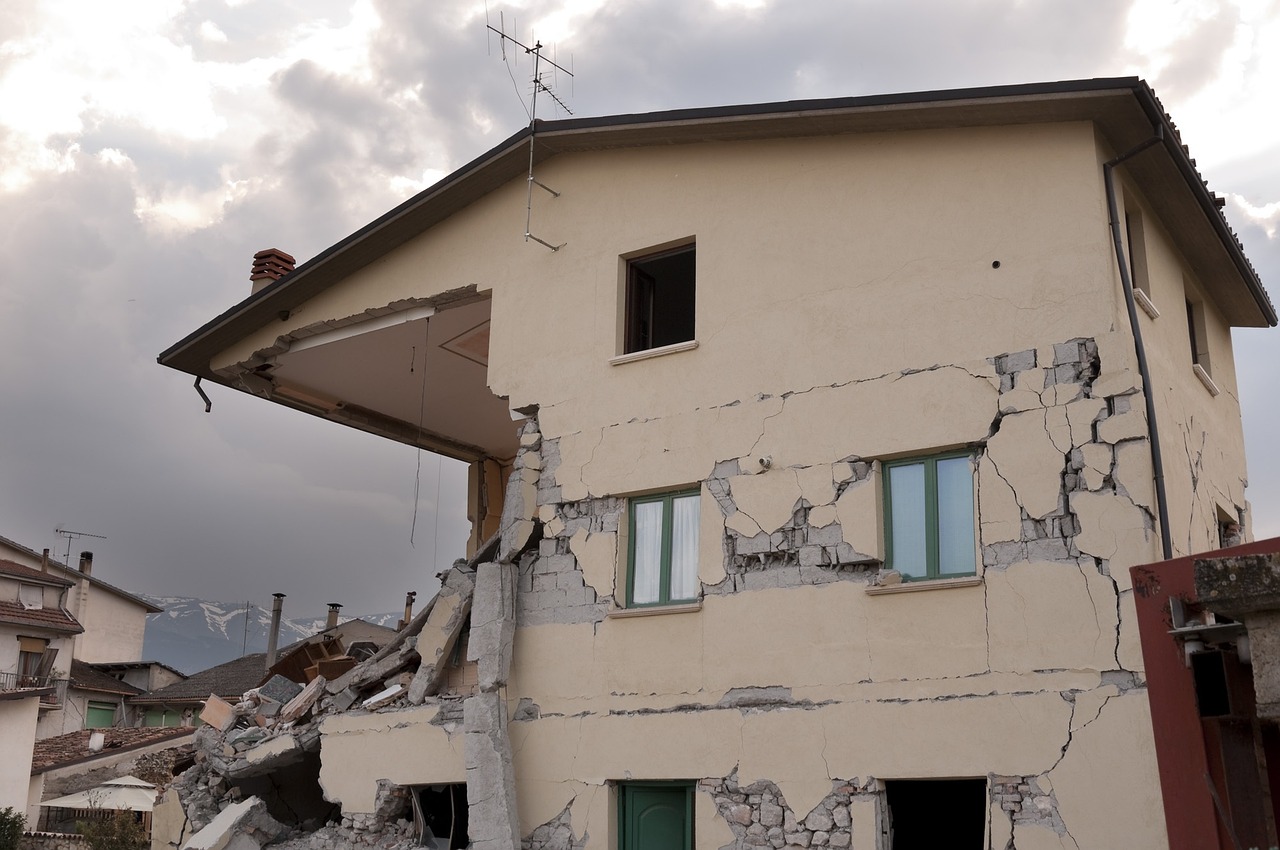Introduction:
Earthquakes pose not only a significant threat to public safety but also have far-reaching economic consequences, particularly in regions prone to seismic activity like the Pacific Northwest. In this blog, we will explore the economic impact of earthquakes on states in the Pacific Northwest, examining the costs incurred by businesses, infrastructure, and local economies in the aftermath of seismic events.
Direct Costs:
The direct costs of earthquakes encompass damage to buildings, infrastructure, and utilities, as well as the expenses associated with emergency response and recovery efforts. Severe earthquakes can result in collapsed buildings, cracked roads, and disrupted utilities, leading to extensive repair and reconstruction costs for both public and private sectors. These direct costs can amount to billions of dollars, straining local and state budgets and hindering economic growth.
Indirect Costs:
In addition to direct damages, earthquakes also impose indirect costs on the economy through business interruptions, supply chain disruptions, and decreased consumer confidence. Businesses may face lost revenue due to closures, reduced productivity, and supply chain delays caused by damaged infrastructure and logistical challenges. Disruptions to transportation networks and utilities further compound these challenges, affecting the flow of goods and services and impeding economic activity.
Impact on Tourism and Industry:
The Pacific Northwest’s tourism and outdoor recreation industries are vital components of the regional economy, but they are particularly vulnerable to the impacts of earthquakes. Damage to tourist attractions, lodging facilities, and transportation infrastructure can deter visitors and result in lost revenue for businesses reliant on tourism. Similarly, disruptions to key industries such as agriculture, forestry, and manufacturing can have cascading effects on employment, income, and tax revenues, amplifying the economic fallout of seismic events.
Long-Term Recovery and Resilience:
The economic impact of earthquakes extends beyond the immediate aftermath, as communities must invest in long-term recovery and resilience measures to rebuild and mitigate future risks. Retrofitting and upgrading critical infrastructure, enhancing building codes, and implementing land-use planning strategies are essential for reducing vulnerability and increasing resilience to seismic hazards. However, these investments require significant financial resources and sustained commitment from government agencies, businesses, and communities.
Conclusion:
The economic impact of earthquakes on Pacific Northwest states underscores the importance of proactive preparedness and resilience-building efforts. By understanding the economic risks posed by seismic events and investing in mitigation measures, communities can minimize the financial toll of earthquakes and promote long-term economic stability and prosperity. Collaboration among stakeholders, innovative solutions, and strategic planning are essential for mitigating the economic impacts of earthquakes and ensuring the resilience of Pacific Northwest states in the face of seismic hazards.



